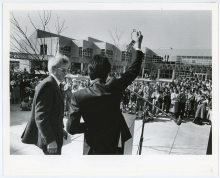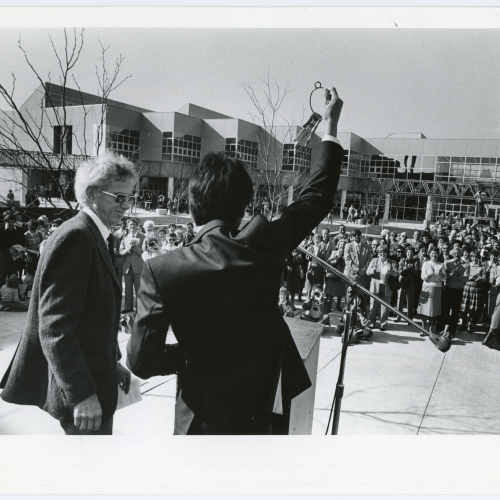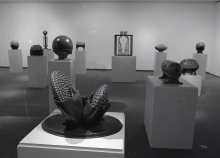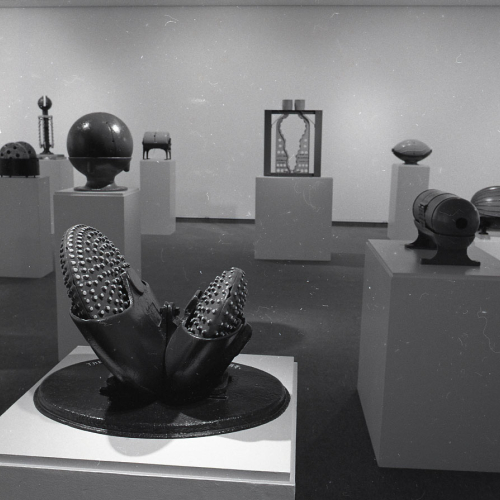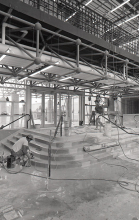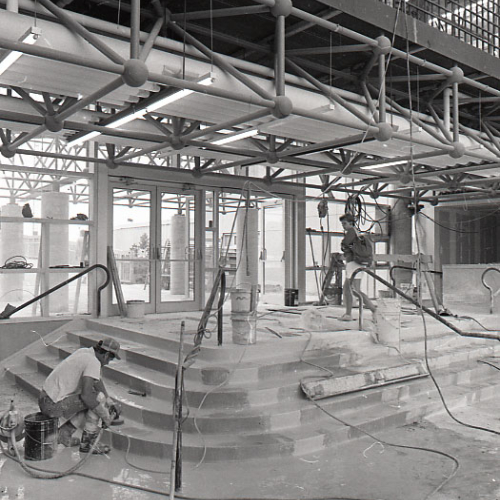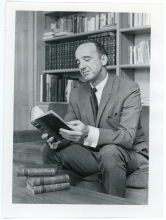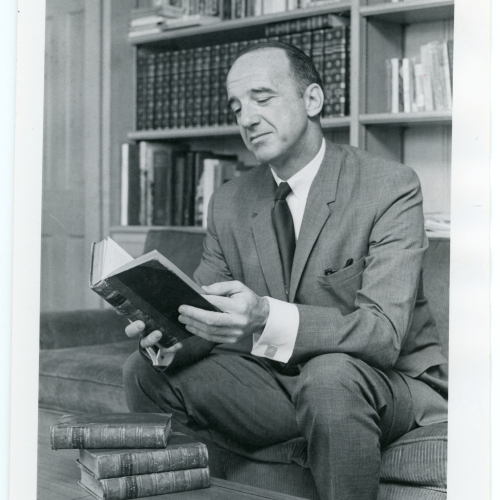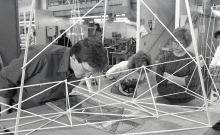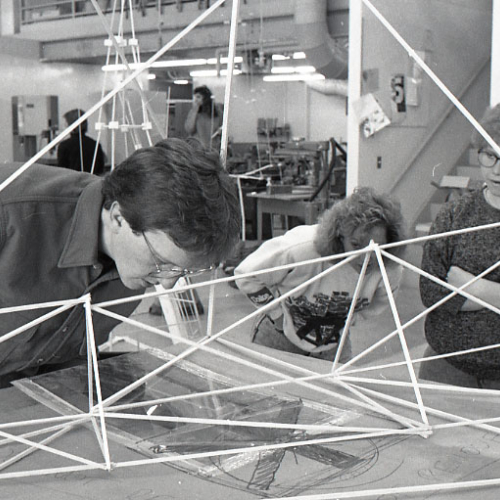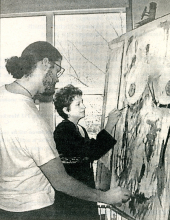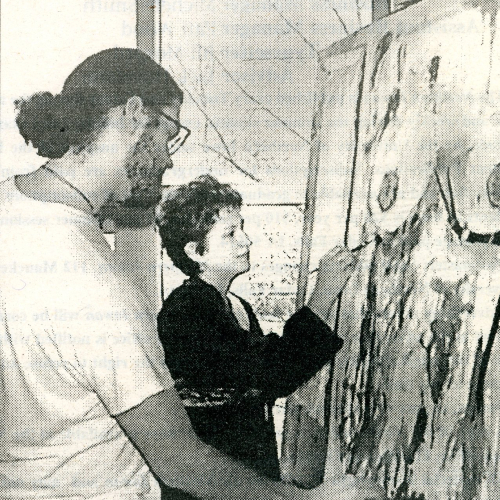Kamerick Art Building (1983)
On September 17, 1968, Allan Shields, Dean of the College of Humanities and Fine Arts, spoke on the topic of "The Future of Art Education." His speech was part of a series of lectures and discussions, which the Department of Art hoped would define a guiding philosophy that would help to establish the requirements for a new facility. Dean Shields said, "The ultimate appropriate goal for a university art department is to teach students what it means to become an educated person." Dean Shields believed that art education was one part of the curriculum and said, "Students should not be allowed to concentrate on studio subjects to the exclusion of other areas. Teachers ought to strengthen teaching on the historical and critical level."
The Department of Art, under the direction of Professor Harry Guillaume, established a committee, composed of Professors Ralph Haskell, Don Finegan, and Ralph Koppel, to develop a need and scope study. By December 1972, the Regents had created plans for a $1.8 million building and were ready to forward it to the General Assembly. However, other projects came first in what came to be known as Phase I of the Speech/Art Complex. Construction on the Strayer-Wood Theatre and the Communication Arts Center began in 1975 and was completed in 1978.
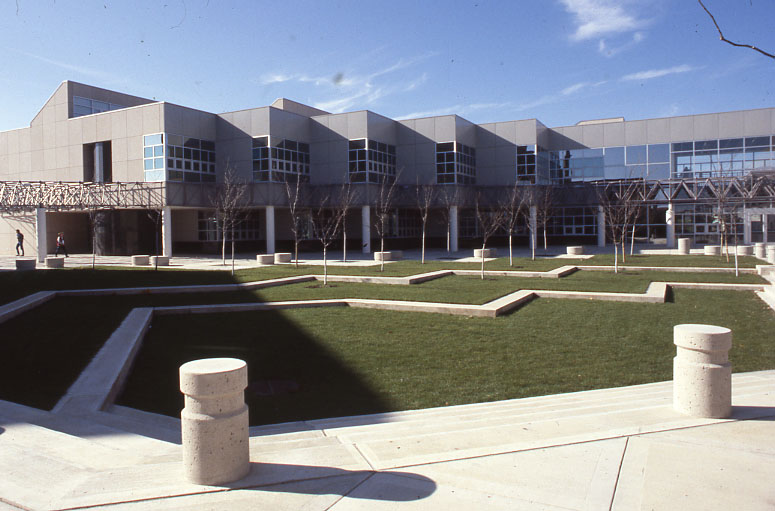
By January 1978, the projected budget for Phase II of the Speech/Art Complex, which included a new art building, had risen to $4.18 million, but the 1982 General Assembly session brought no funds for the building. Despite the delays, planning continued. Director of Facilities Planning Leland Thomson stated that the building would be designed with a special concern for safety, citing the potential hazards of some of the materials that artists employed.
Dr. Michael McCann was hired as director of safety for the project. During late 1982, Mr. Thomson and art faculty met with architects Bussard/Dikis Associates of Des Moines. The university used internal funds to hire the architects and draw up preliminary plans. UNI administrators and representatives of the architectural firm toured art facilities in Texas and Kansas to study security, student and staff traffic patterns, fixed and moveable equipment, building materials, lighting patterns, and HVAC systems. They planned to house all phases of the university's art program, which had been scattered in four campus locations, in one building.
In March 1983, the architects revealed their plans. The Art Building would be located west of the Strayer-Wood Theatre and the Communication Arts Center. A courtyard would be developed in the middle of the Speech/Art Complex with sculptures and gathering areas for students. Skylights and windows would allow natural light into studios and offices and the two wings of the building would be connected by an atrium hallway.
Lee Thomson noted that the administration hoped to begin construction as early as July 1983 pending approval by the General Assembly. Governor Branstad signed the legislative resolution for the project on May 2, 1983, authorizing $8.47 million for the 44,000 square foot building.
In June 1983, Thomson said that the project would be let in two main contracts: one for grading and utilities and a second for the building itself. He hoped that this fast-track method would make the building ready for use by late 1985. Governor Branstad, UNI President Kamerick, Vice President Thomas Hansmeier, and student Mary Tegeler participated in groundbreaking ceremonies on June 29, 1983, and construction began shortly thereafter. The building's official opening was marked by a ceremony on October 26, 1985, when Professor William Lew accepted the keys to the facilities.
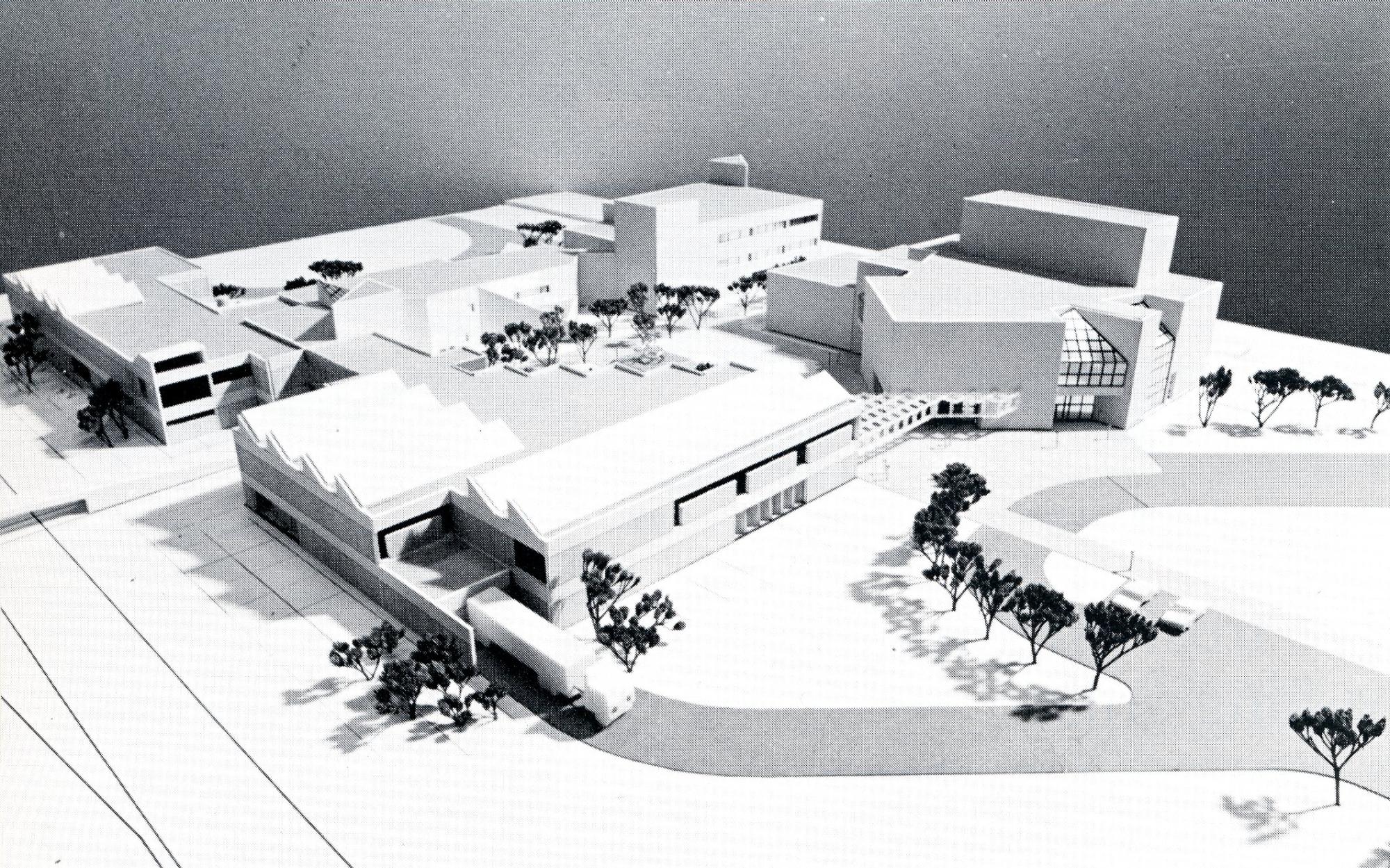
Professor Joseph Ruffo, former head of the Department of Art, returned for the ceremony. Doy Kaasa represented the students, and Professor Shirley Eliason Haupt represented the faculty. The ceremony was followed by tours of the building, exhibitions in the Gallery of Art, and exhibitions of student work in display cases.
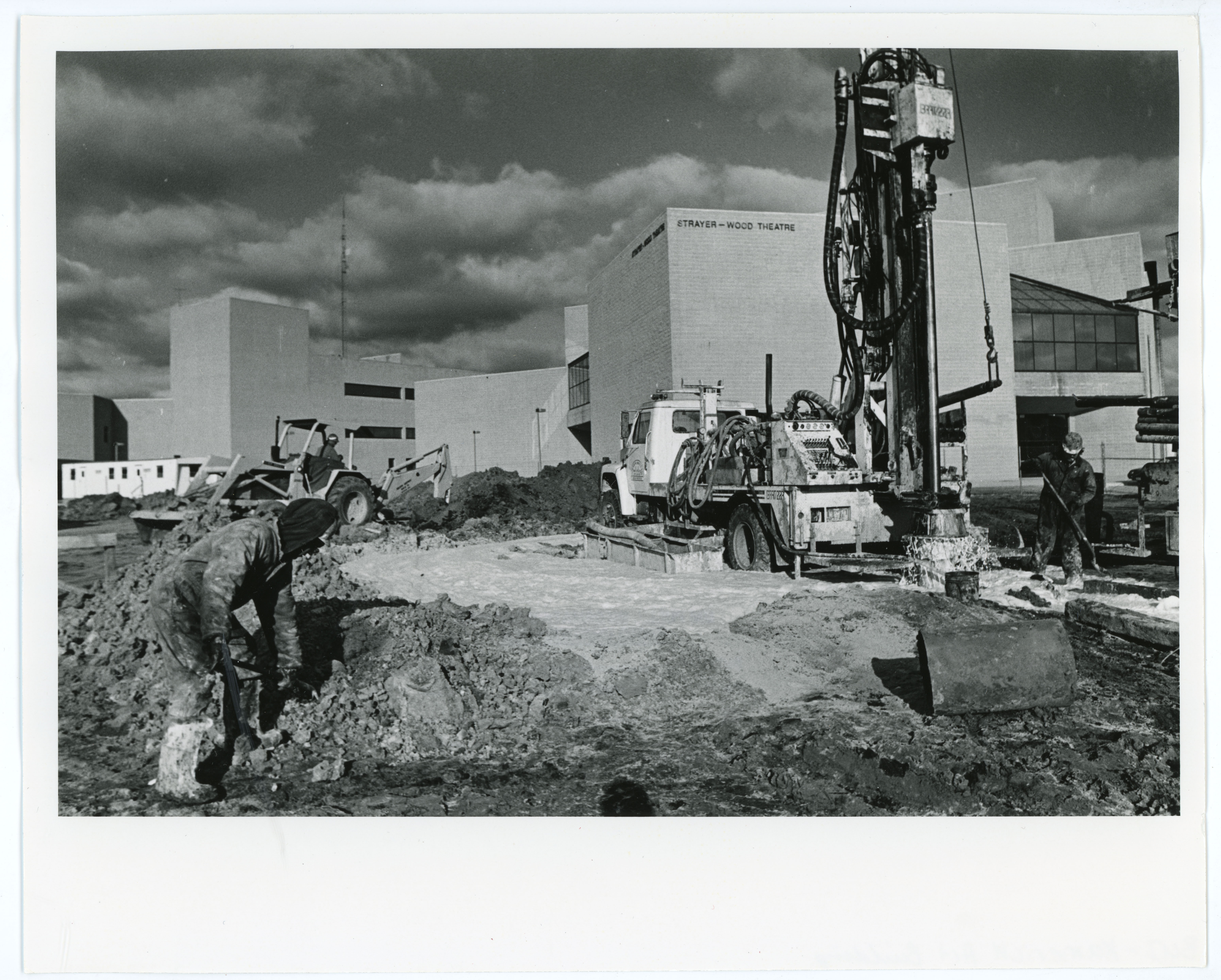
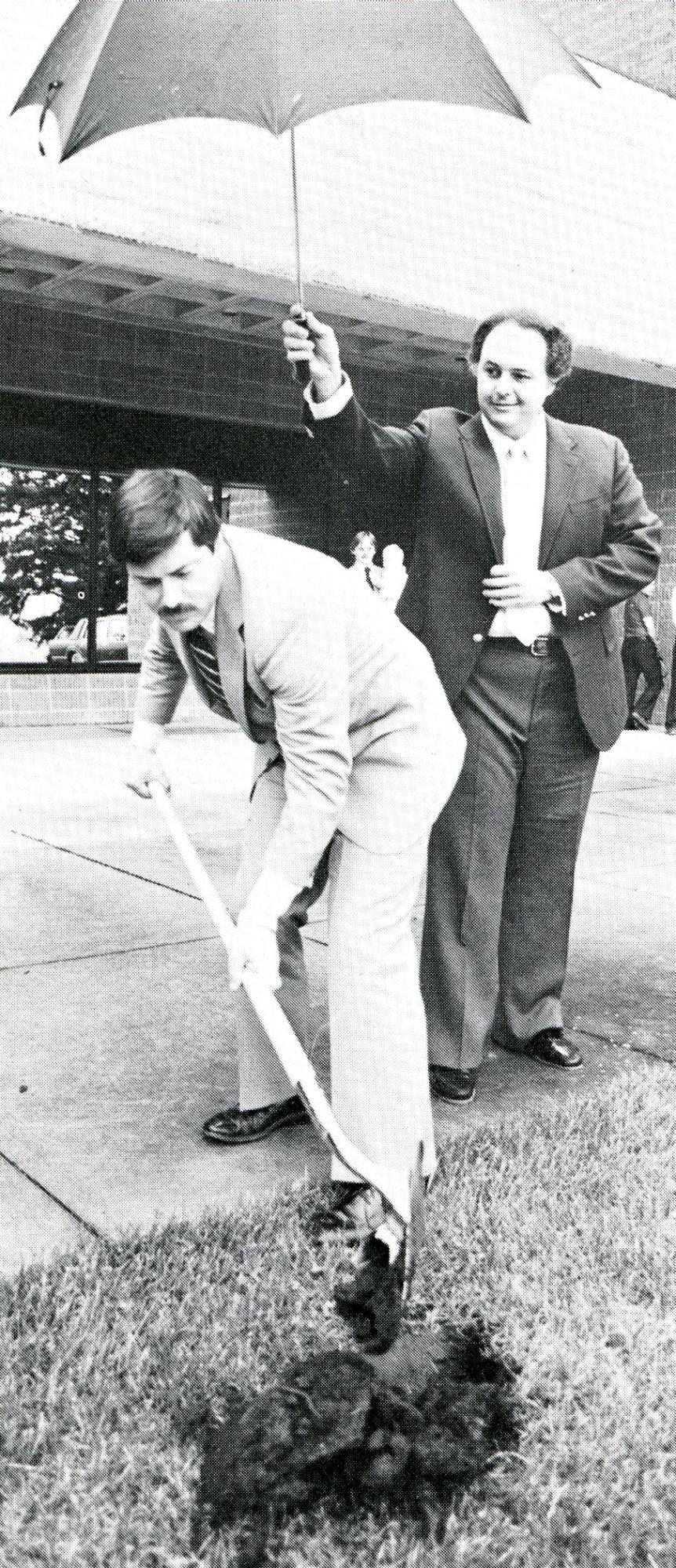
Several sculptures were mounted in the outdoor areas around the building, the most notable being Walter Dusenbery's Porta Largo on the south side of the building.
Over the years, the Kamerick Art Building has been known by several names. Originally it was considered simply an extension of the Communication Arts Center. Later, it gained its own identity as the Art Building, and finally the Kamerick Art Building, named for former President John J. Kamerick, who was instrumental in securing funds for its construction.
Bussard/Dikis Associates Ltd. of Des Moines, the architects for the Kamerick Art Building, were commended for their work in 1989 when they received the Honor Award from the Iowa Chapter of American Institute of Architects. H. Kennard Bussard said, "We wanted the building to say 'Graphic art takes place in this building.'" Mr. Bussard also noted, "We worked to design a contextually appropriate building. It's also an inviting building. We feel it makes a new announcement on the west side of campus."
Compiled by Student Assistant Sarah Eaton and Library Assistant Susan Witthoft; edited by University Archivist Gerald L. Peterson, July 1996; substantially revised by Gerald L. Peterson, with research by Student Assistant Julie Wiese and scanning by Library Assistant Gail Briddle, November 2002; last updated, February 10, 2015 (GP); Photos and citations updated by Graduate Assistant Eliza Mussmann, September 14, 2022; content updated by Graduate Intern Marcea Seible, June 2025.

